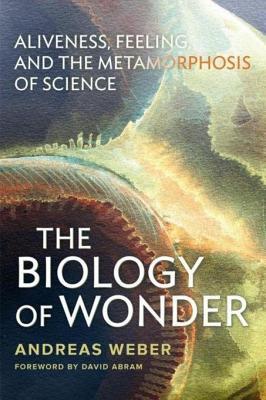This is a post in my series on organizing ”between and beyond.” Other posts are here. This is a retrospective of what has happened during the week. The purpose is to reflect on the work itself. Here is my previous retrospective. Here is my next retrospective.
What has happened? What needs to be done?
This week, I started a new series of posts in Swedish on Liv i arbetet (life in work). I started searching for better ways of working together six years ago, in September 2012. I’m going to write about this search. It is my personal story. Hence, I need to write in my native language. Here’s a short summary:
- Wednesday — I used this poem which I wrote last year as a starting point. Yeah, it’s pretty personal.
- Thursday — I wrote that assumptions usually are valid within certain limits, but not necessarily outside of these.
- Saturday — This means that assumptions which are valid for machines aren’t valid for human beings.
- Sunday — Today, I wrote about sociocracy. I spent several years of my search for better ways of working on sociocracy. I even wrote an e-book on sociocracy together with John Schinnerer, who is a founding member of The Sociocracy Consulting Group. There are some good ideas in sociocracy, but I think the engineering preconceptions and assumptions are too strong. Here is an old post on the phenomenology of sociocracy. (The engineering perspective is even stronger in sociocracy’s cousin Holacracy. Here is an old post on Holacracy and Arthur Koestler. Koestler coined the term holarchy in The Ghost in the Machine.)
Besides starting my new series of posts on Liv i arbetet, I also posted the following reflections on generative organizing:
- Monday — Generative organizing is simultaneously time and context-dependent. There is a built-in one-wayness. The organizing is embedded in an environment, which it in turn influences. The precise path the organizing will take is unpredictable.
Inspiration: Abeba Birhane‘s (@Abebab) tweets from Alicia Juarrero‘s book Dynamics in Action: Intentional Behavior as a Complex System. - Saturday — Generative organizing requires constant reflecting, tuning, and adjusting. This is based on continuous felt sensing.
Inspiration: Woody Zuill (@WoodyZuill), co-author of Mob Programming: A Whole Team Approach, and Eugene Gendlin‘s notion of felt sense. See Focusing – Wikipedia.

A new book arrived this week. It’s Deep Change: Discovering the Leader Within by Robert E. Quinn. I’m looking forward to reading this book.

Otherwise, I’ve spent the week reading Andreas Weber‘s The Biology of Wonder: Aliveness, Feeling, and the Metamorphosis of Science. I’ve read about half of the book, but can already say that it’s one of the most interesting book I’ve read since I started my reading odyssey six years ago. The disconnection between humans and their organizations is, in my view, related to the disconnection between humans and nature. Andreas Weber eloquently addresses the latter. I’ve ordered Andreas Weber’s next book on Biopoetics: Towards an Existential Ecology. I hope it will arrive in the next few days. I’m looking forward to reading this book too.
What was good? What can be improved?
I’m really glad that I finally got started with my new series on Liv i arbetet.
I see a connection between Andreas Weber’s intrinsic value and Robert Hartman’s The Structure of Value. Hartman’s seminal work is about the valuation of value. Intrinsic value is more valuable than extrinsic value, and extrinsic value is more valuable than systemic value. Here is my review of Robert Hartman’s book.
I also see a connection between Andreas Weber’s meaning, as manifested in the body, and Eugene Gendlin’s felt meaning, which is a bodily comprehension. Here is my review of Eugene Gendlin’s Experiencing and the Creation of Meaning: A Philosophical and Psychological Approach to the Subjective.
Several books have arrived the past few weeks which I haven’t had the time to read yet. I also have a couple of book reviews that I need to write. Also, I’d like to internalize Andreas Weber’s thinking and integrate it with all the other reading that I’ve done. It will take some time, for sure.
Notes:
1 Andreas Weber, The Biology of Wonder: Aliveness, Feeling, and the Metamorphosis of Science (New Society Publishers, 2016), pp. 12, 330-3, 338.
2 Andreas Weber writes that meaning makes itself manifest in the body. Ibid., p. 90.
Related posts:
Organizing in between and beyond posts
Leave a Reply
You must be logged in to post a comment.